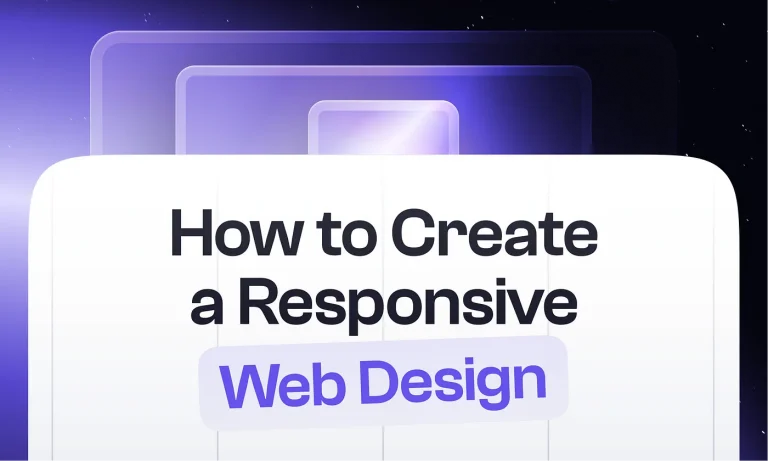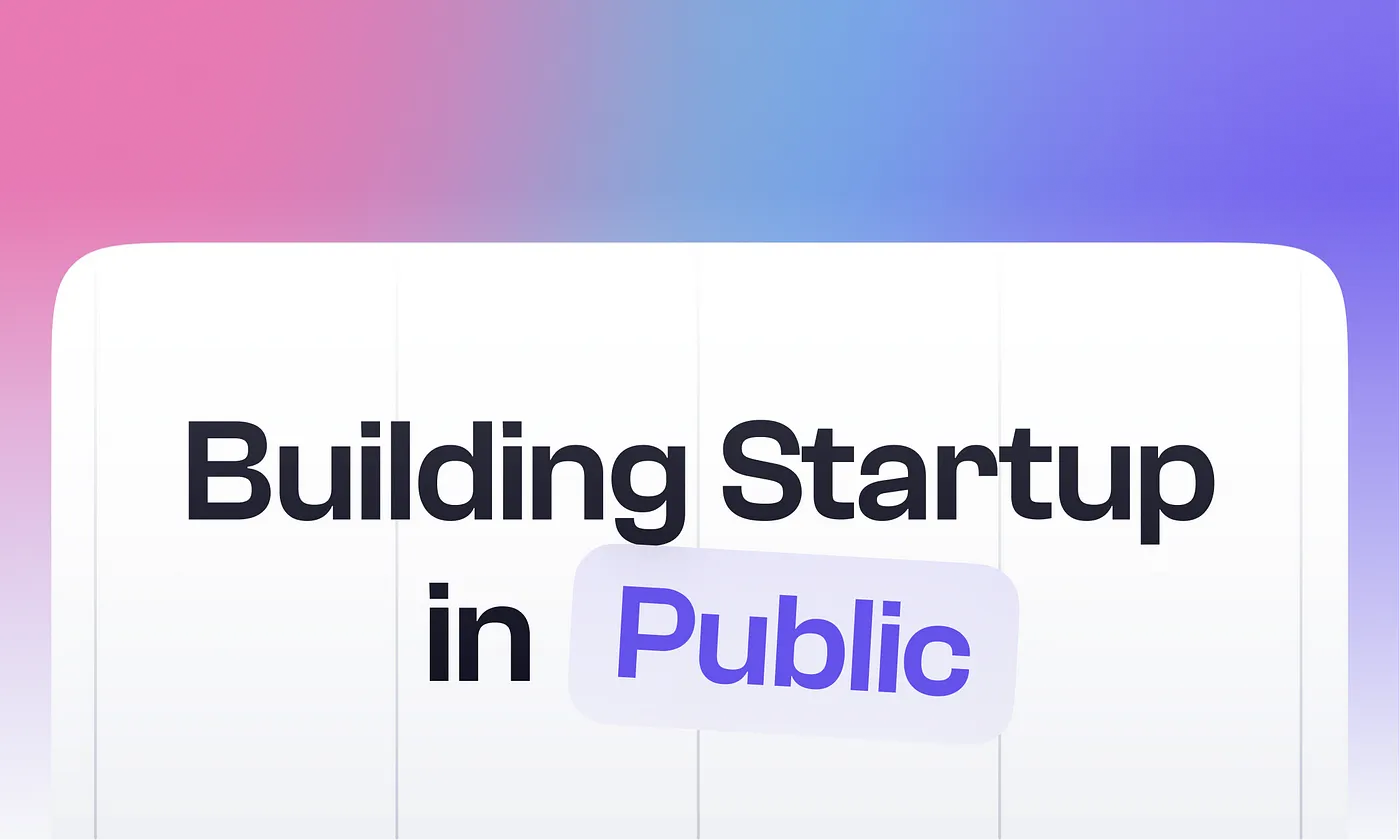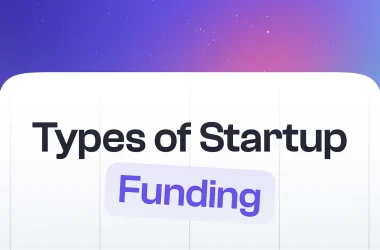Starting a new business is a challenging endeavor that requires a lot of hard work, dedication, and creativity. Many entrepreneurs spend months, or even years, building their product in secret, hoping to create a big splash when they finally launch it. But there’s a growing trend among startups that could change the way we think about founding a business: building in public. While it may seem counterintuitive to some entrepreneurs, building in public can actually increase your startup’s popularity and lead to greater success in the long run. In this article, we’ll explore why.
Building in public is exactly what it sounds like: sharing your startup’s journey with the world, from the early ideation stages to the final product launch. It means being transparent about your process, sharing your successes and failures, and actively engaging with your audience.
Transparency Builds Trust

One of the biggest advantages of building in public is that it allows you to enhance confidence with your audience. By sharing the journey, you’re showing that’s not just another faceless company trying to sell a product. You’re a real person with real challenges and triumphs. This kind of transparency can be incredibly powerful in building a loyal customer base.
When people feel like they know you, they’re more likely to trust. The audience will be more forgiving when things go wrong, and they’ll be more excited when things go right. Building in public allows you to foster this kind of relationship with the followers, which can be incredibly valuable in the long run.
Building in Public Allows for Feedback

Another key advantage of building in public is that it allows you to receive feedback from the audience. When you’re making it in secret, there’s like operating in a vacuum. You don’t know how people will react to your product until the launch. By building in public, you can get feedback at every stage of the process.
This feedback can be incredibly valuable in shaping the product. Use it to make informed decisions about which features to prioritize, marketing strategies to use, and how to improve the user experience. By incorporating feedback from the audience, you can create a product that truly resonates with them.
It Creates Buzz

One of the biggest challenges for startups is getting noticed. There are so many new businesses launching every day that it can be difficult to stand out. Building in public can help create buzz around the product and get people excited about what you’re doing.
When you are sharing the journey with the world, people will naturally be curious about what you’re working on. They’ll be more likely to follow the startup’s progress and share this story with others. That kind of organic promotion can be incredibly powerful in getting your product noticed.
Building in Public Assembles a Community

Finally, this tip can help you to build a community around the startup. When you’re doing it, that’s a type of creating a space for people to come together and support the same vision. This community is incredibly valuable in helping to grow your business.
Also, the community could help with everything from beta testing to providing valuable feedback on marketing strategy. They can become your biggest advocates and assist with spreading the word about the product. Building a strong community takes time, but it can be useful sooner or later.
Conclusion

Building in public is not for everyone, but it’s a trend that’s gaining traction for a reason. By sharing the journey with the world, you can foster confidence, receive valuable feedback, create buzz around the product, and build a community of supporters. All of these things can grow your business and achieve success in the long run. So if you’re thinking about founding a startup, consider building in public. It might just be the key to your success.
Psss, more exciting topics are coming soon on this platform. Stay tuned!








